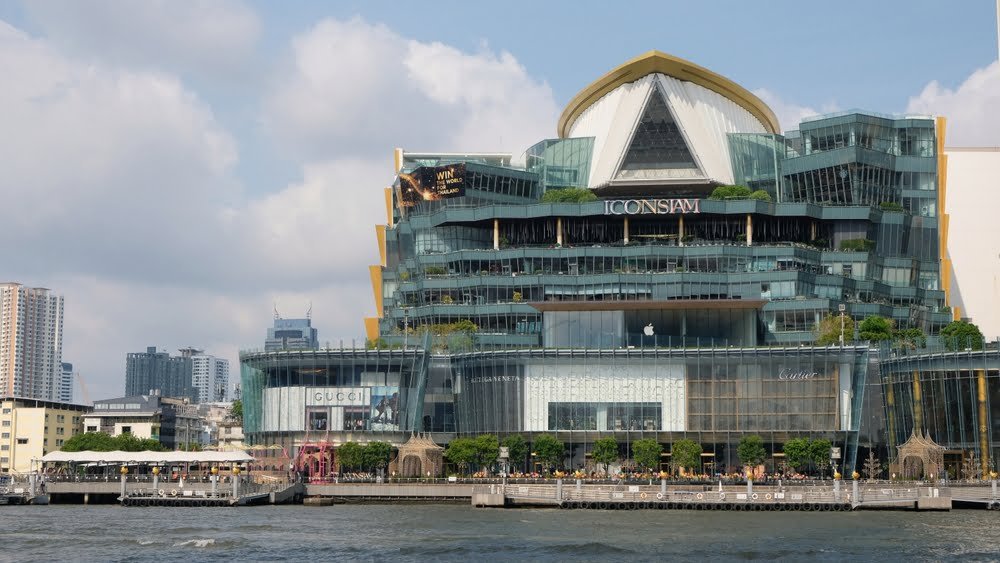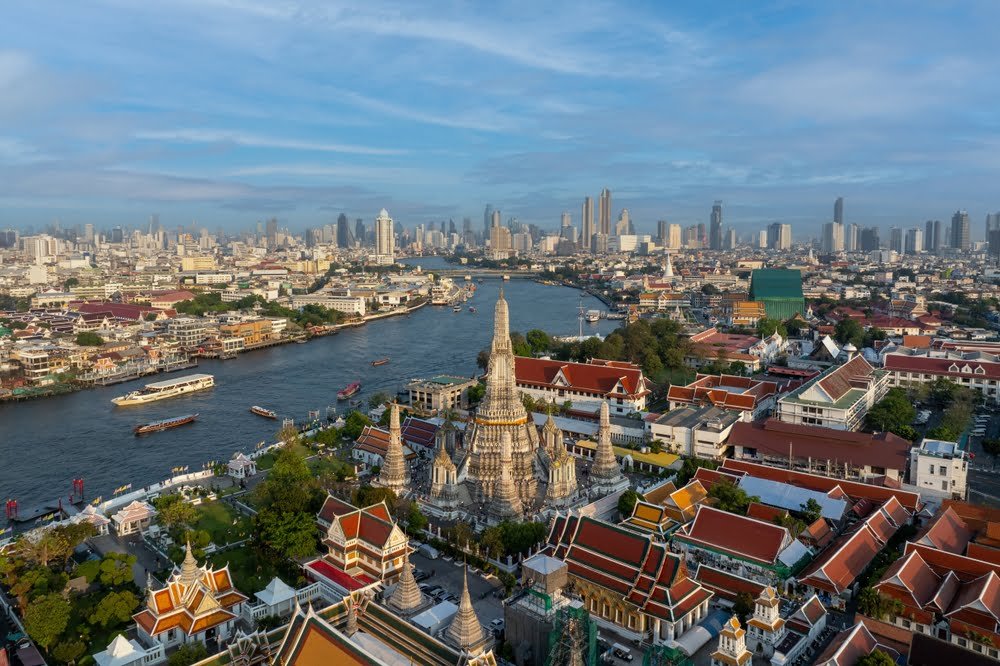Thailand Real Estate Development sector is undergoing significant changes, with various trends reshaping its construction landscape. These trends are driven by increasing urbanization, rising land prices, and a shift toward sustainable practices. The following sections will discuss the most notable trends and statistics shaping Thailand’s booming real estate market.
Wondering what are the trends in Thailand’s Real Estate Development? Let’s dive into the details!
Rise of Mixed-Use Developments
One of the most important trends in Thailand Real Estate Development is the rise of mixed-use projects. These developments combine residential, office, and retail spaces into one area, making them highly desirable, especially in urban centers like Bangkok. According to research from Jones Lang LaSalle (JLL), 10 new mixed-use projects will soon be introduced in Bangkok’s central business district. These developments will provide 911,000 square meters of Grade A office space, 534,000 square meters of retail space, and 5,400 residential units.
Mixed-use developments are gaining popularity because they offer a solution to the challenges of rapid urbanization. More people are moving to cities, and mixed-use spaces provide everything they need in one place, from homes to workspaces and entertainment. This trend is expected to grow as developers seek to maximize the use of limited land, which is becoming increasingly expensive in prime urban areas.
Major Real Estate Investments
Thailand’s real estate sector is seeing significant investments in large-scale projects. One of the most impressive developments is One Bangkok, which represents an investment of $3.9 billion. Covering 16.7 hectares, this mixed-use project is designed to accommodate 60,000 residents and workers and attract 200,000 daily visitors.
Another example is ICONSIAM. Located along the Chao Phraya River, ICONSIAM is one of the largest mixed-use developments in Thailand, featuring luxury retail spaces, residential units, and cultural attractions. Its unique riverside location attracts both locals and tourists, creating a bustling environment. Integrating shopping, dining, and cultural experiences enhances its appeal as a lifestyle destination.

These large investments show the confidence that both local and international investors have in Thailand’s real estate market. Projects like One Bangkok are expected to boost the country’s economy by creating jobs and attracting global attention. This development is also a prime example of how mixed-use projects can transform entire city areas by creating hubs for business, living, and entertainment.
Urbanization Driving Demand in Thailand Real Estate Development
Thailand’s population is increasingly moving to urban areas, and this trend is expected to continue. By 2030, 50% of the country’s population is projected to live in cities. This shift creates a high demand for residential and commercial spaces, particularly in major cities like Bangkok.
To accommodate this growing population, developers are focusing on creating integrated living environments that cater to both residential and business needs. Mixed-use developments are a direct response to this demand, offering convenience and efficiency in space utilization. They make it easier for people to live and work in the same area, reducing the need for long commutes and enhancing the quality of life.
Rising Land Prices and Development Costs
One of the biggest challenges facing Thailand’s real estate developers is the rising cost of land. In Bangkok’s prime areas, the average price of land has increased to about THB 2 million per square wah (1 wah = 4 sq. m). This dramatic rise in prices is pushing developers to think creatively.
Mixed-use projects are becoming more attractive because they offer better returns on investment compared to traditional single-use developments. By combining various functions like residential, office, and retail spaces, developers can make the most out of expensive land and meet the needs of a diverse group of customers.
Sustainability: The Future of Development
Another key trend shaping Thailand Real Estate Development is the growing focus on sustainability. As environmental concerns become more pressing, developers are looking for ways to build greener, more sustainable projects. A great example of this is Sindhorn Village, which emphasizes green living by incorporating dedicated green spaces and eco-friendly designs.
The Thai government is also supporting this shift toward sustainability by promoting urban development policies that encourage the use of renewable energy, energy-efficient building designs, and green spaces. As consumers become more environmentally conscious, the demand for sustainable developments is expected to rise.
As we can see, Thailand Real Estate Development sector is rapidly evolving. It is shaped by trends like the growth of mixed-use developments, major investments in large-scale projects, rising urbanization, increasing land prices, and a focus on sustainability. With these factors driving the market, Thailand is set to become a leading destination for innovative, integrated, and eco-friendly urban living spaces. For investors and developers, this presents a wealth of opportunities to participate in the next phase of Thailand’s urban transformation.

